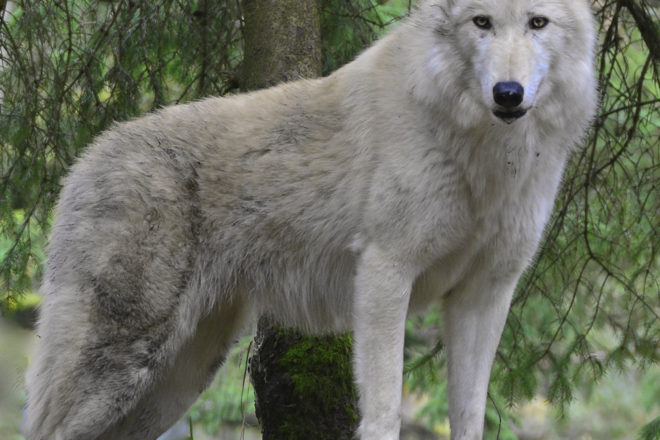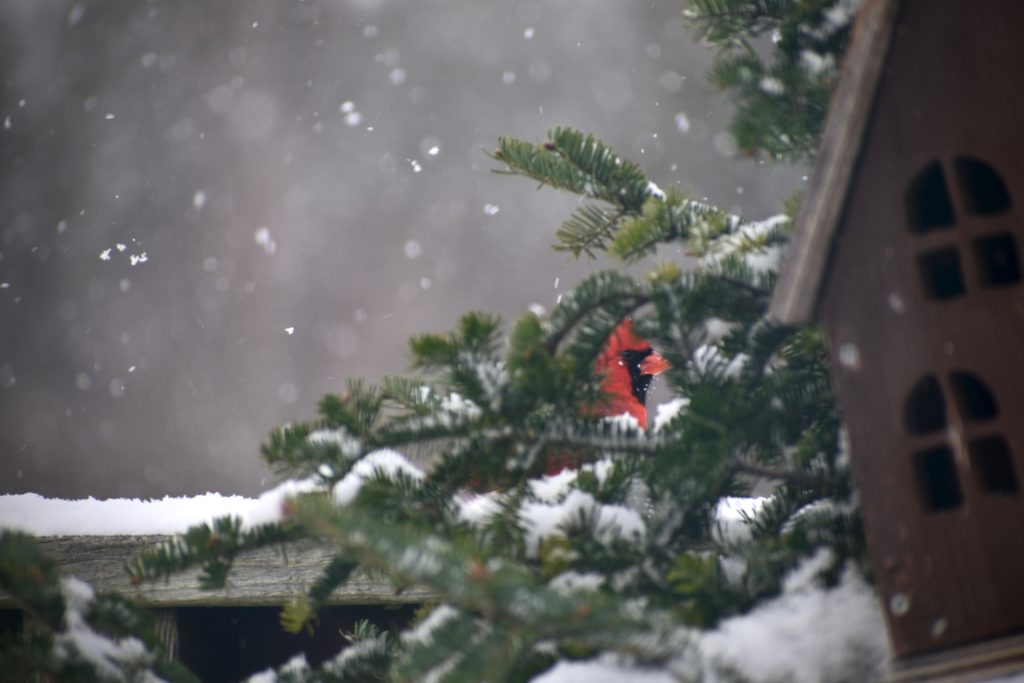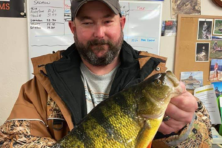WILD THINGS: DNR Updating Wolf Management Plan
- Share
- Tweet
- Pin
- Share

More than 15,000 people completed a public survey on Wisconsin wolf management in 2021.
Randy Johnson, large-carnivore specialist with the Department of Natural Resources (DNR), told state Natural Resources Board members this week that the input – which is summarized and available on the DNR’s wolf-management page – wasn’t intended to represent attitudes of state citizens as a whole, but it did help to identify issues and concerns.
The DNR began efforts to update the wolf-management plan a year ago, following the federal delisting of wolves, which became final on Jan. 4, 2021. The agency is getting pressure from in-state and out-of-state animal-activist groups to drastically increase Wisconsin’s wolf-population minimum goal, which currently stands at 350.
Even after hunters and trappers legally killed 218 wolves last February – and federal trappers have killed dozens more near livestock-depredation sites since – wolves continue to threaten livestock and pets. During the past two months alone, wolves have killed several beef calves, injured a hunting dog and harassed hundreds of beef calves and cows in northern Wisconsin. In addition, there was a confirmed human health and safety complaint in Oneida County.
Johnson noted that staff and volunteers are in the midst of conducting winter carnivore track surveys as part of the DNR’s monitoring program, which will provide important information for an updated wolf population abundance estimate.
This winter’s population survey is being done by more than 60 DNR biologists, a number of federal biologists, tribal biologists and about 55 trained volunteer trackers. A total of 375 surveys, covering more than 12,000 miles, were conducted across the state last winter. About 20 GPS-collared wolves also provide valuable data from packs.
Wisconsin’s 29-member Wolf Management Plan Committee – a diverse group of individuals representing stakeholder groups both for and against wolf management – met four times for all-day virtual meetings between July and October. All were livestreamed and open to the public.
Johnson said the department is using the input, together with the latest wildlife science and current state law, to craft the updated wolf-management plan. A first draft for public review is anticipated in February. Following public review, the DNR will evaluate the feedback and revise the draft plan accordingly. Presentation of the final wolf-management plan to the Natural Resources Board is anticipated by mid-2022.
Free Bird Webinar
Birding enthusiasts can join experts to brush up on bird identification, unlock the mystery of birdsong and practice counting birds – no matter how large the flock or how busy the feeder – through a free, online webinar set for Feb. 16, 1 pm.
The event precedes the 25th annual Great Backyard Bird Count, set for Feb. 18-21. It’s an opportunity to join thousands of people worldwide in checking out what you can see during a 15-minute look out the window. Enter data with your computer or by using the Merlin Bird ID or eBird Mobile apps.
During last year’s event, more than 330,000 checklists were submitted from birders in more than 100 countries (253 subregions), and a total of 6,572 of the world’s estimated 10,000 bird species were identified. Data gathered helps scientists track changes in the numbers and distribution of wild birds over time. Learn more at birdcount.org.
Avid birders can share sightings and photos, see what others are reporting, scour data and check out hot spots from around the state at ebird.org/wi/home. Another excellent birding website is the Wisconsin Society of Ornithology’s page at wsobirds.org.
Bird City Photos
Algoma’s Bird City Committee is planning a May 14 celebration in conjunction with World Migratory Bird Day.
One of the popular attractions of the annual event is seeing bird photos submitted by the public, so Sue Hepp, Algoma Bird City Committee coordinator, is asking for submissions of bird pictures taken between Oct. 1, 2021, and May 1, 2022. She said all you need to do is identify the bird or birds in the photo and state the location and when the picture was taken. You can email questions and bird photos to Hepp at [email protected].
In the meantime, learn more about World Migratory Bird Day at migratorybirdday.org.

Project FeederWatch
Project FeederWatch starts in the late fall and runs all winter, ending April 30. It’s another way in which ornithologists track long-term trends in winter bird distribution and abundance. New participants receive a research kit with instructions, bird-identification poster, calendar and more. The cost is $18. Find additional details at feederwatch.org.
Candlelit Nights
A candlelight ski-and-hike event is a go for Jan. 29, 5-8 pm, at Whitefish Dunes State Park, and add snowshoes to the mix Feb. 12, 5:30-8 pm, at Newport State Park. Get more details at dnr.wisconsin.gov/events.
Weekly Water Levels
As of Jan. 21, Lake Michigan was 39 inches higher than the record monthly low set in 2013, and 28 inches below the monthly high, set in 2020. Lake levels have dropped 20 inches during the past 12 months, including five inches since Dec. 21. Overall, water levels were still 10 inches above the 100-year monthly average.

